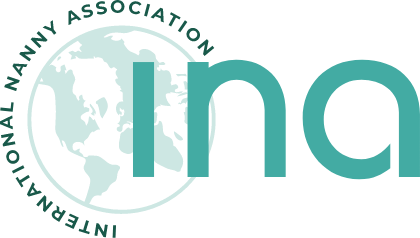
By: Bash Sarmiento
Investing in inclusive growth can have many positive effects on an economy. It encourages private sector involvement, promotes job creation, and supports a more equitable distribution of resources. Inclusive growth policies are designed to reduce poverty and create greater opportunities for individuals and communities to participate in economic activities.
When putting it this way, this type of growth seems like a no-brainer. But translating the concept into action can be quite challenging! Several types of investments can help achieve inclusive growth, which this article will discuss with a particular emphasis on inclusive recruiting growth.
Defining Inclusivity in Recruiting
Inclusive recruitment is defined as an effort to recruit a wide range of candidates that reflect the diversity of the surrounding population. It also involves creating and implementing policies, processes, and practices designed to ensure equal access for all, regardless of race, gender identity, religion, sexual orientation, or disability status. This applies to any type of job – from entry-level positions up to executive roles. When it comes to investing in inclusive recruiting, a few strategies can be employed.
1. Establish an Inclusive Hiring Process
The first step towards becoming an inclusive organization is ensuring everyone has an equal opportunity to apply for open positions and compete fairly without bias or discrimination. This means implementing both formal and informal practices such as:
- Establish a clear and transparent hiring process with specific criteria for each open position.
- Develop job descriptions and recruitment materials to be inclusive of all potential candidates.
- Use diverse channels to reach out to potential candidates, including attending job fairs, networking events, and utilizing social media platforms.
- Ensure that all candidates are treated with respect and given equal consideration.
- Hire candidates based on their qualifications and not to meet a certain diversity score.
- Remove any unfair hiring practices such as age limits, restrictive religious requirements, or unnecessary educational qualifications.
2. Invest in Diversity Training
Once an inclusive hiring process is established, it is important to provide diversity training for all staff members involved in the recruitment process. This type of training aims to raise awareness about issues such as bias, discrimination, and microaggression. It also gives employees the skills to recognize and address potential inequalities in the recruitment process.
3. Measure Inclusive Recruiting Outcomes
Finally, it is important to measure the success of an inclusive recruiting strategy by tracking key metrics such as applicant diversity ratio, hiring rate of diverse candidates, and longer-term retention rates of diverse employees. By monitoring the effectiveness of the strategy, organizations can identify areas for improvement and make more informed decisions about future investments.
Other Opportunities for Inclusive Growth
Aside from inclusive recruiting growth, there are almost endless opportunities to promote inclusivity in any field or industry. Below are just some of the examples of inclusive growth that can be adopted by economies today:
Infrastructure Development
Investing in infrastructure is one of the most effective ways to support economic development and create jobs. This type of investment creates both direct and indirect benefits by providing access to essential services, such as transportation and electricity, and increasing productivity.
Technology Adoption
Economies can become more competitive and reduce inequality by creating new jobs and improving existing ones. This can be done through investments in new technologies and innovations. Adopting more technologies can also help to bridge the digital divide between developing countries and those with more advanced economies.
Education and Skills Development
Investing in education and skill development also helps create a more educated workforce, leading to higher wages, increased productivity, and better job opportunities. When economies invest in the education and development of their people, they can create an inclusive environment in the workplace, as everyone has the opportunity to learn new skills and pursue their dreams.
Financial Support
Providing financial support to disadvantaged groups and communities can help them become more self-sufficient and create economic opportunities. Investing in inclusive growth can also involve integrating and onboarding credit reporting services, as they can facilitate financial inclusion and promote economic advancement for underserved communities. This type of investment can also reduce economic inequality by providing access to credit, savings accounts, and other financial services that would otherwise be inaccessible.
Gender Equality
Gender inequality remains an issue in many countries across the world. Investing in gender-sensitive policies and initiatives can help reduce this gap and create new opportunities for women and other marginalized groups. Investing in gender equality can also involve providing access to healthcare and education and introducing legal reforms that promote equal rights for all genders.
The Bottom Line
Inclusive growth is essential for economic development, as it promotes equality and reduces poverty. While investing in inclusive growth through recruiting is a great way to encourage economic participation among all segments of the population, investing in initiatives that create equal opportunities for all can help to create a more equitable economy and foster positive progress in any field or industry.
Bash Sarmiento is a writer and an educator from Manila. He writes laconic pieces in the education, lifestyle and health realms. His academic background and extensive experience in teaching, textbook evaluation, business management and traveling are translated in his works.
